
Eero Saarinen was a Finnish-American architect and industrial designer who created a wide array of innovative designs for buildings and monuments, including the General Motors Technical Center in Warren, Michigan; the passenger terminal at Dulles International Airport outside Washington, D.C.; the TWA Flight Center at John F. Kennedy International Airport; and the Gateway Arch in St. Louis. He was the son of Finnish architect Eliel Saarinen.
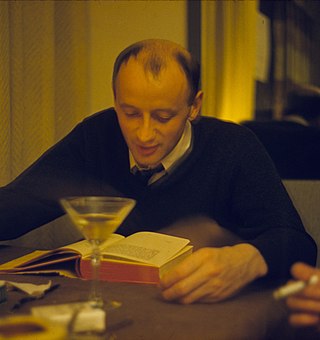
Eamonn Kevin Roche was an Irish-born American Pritzker Prize-winning architect. He was responsible for the design/master planning for over 200 built projects in both the U.S. and abroad. These projects include eight museums, 38 corporate headquarters, seven research facilities, performing arts centers, theaters, and campus buildings for six universities. In 1967 he created the master plan for the Metropolitan Museum of Art, and thereafter designed all of the new wings and installation of many collections including the reopened American and Islamic wings.

The Cranbrook Educational Community is an education, research, and public museum complex in Bloomfield Hills, Michigan. This National Historic Landmark was founded in the early 20th century by newspaper mogul George Gough Booth. It consists of Cranbrook Schools, Cranbrook Academy of Art, Cranbrook Art Museum, Cranbrook Institute of Science, and Cranbrook House and Gardens. The founders also built Christ Church Cranbrook as a focal point in order to serve the educational complex. However, the church is a separate entity under the Episcopal Diocese of Michigan. The sprawling 319-acre (1,290,000 m2) campus began as a 174-acre (700,000 m2) farm, purchased in 1904. The organization takes its name from Cranbrook, England, the birthplace of the founder's father.
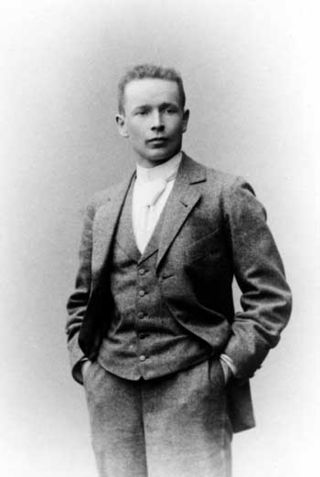
Gottlieb Eliel Saarinen was a Finnish-American architect known for his work with art nouveau buildings in the early years of the 20th century. He was also the father of famed architect Eero Saarinen.

New Haven Coliseum was a sports and entertainment arena located in downtown New Haven, Connecticut. Construction began in 1968 and was completed in 1972. The Coliseum was officially closed on September 1, 2002, by Mayor John DeStefano Jr., and demolished by implosion on January 20, 2007.
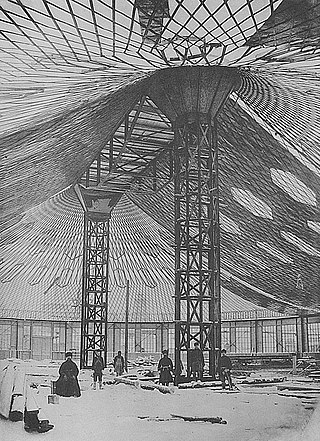
In structural engineering, a tensile structure is a construction of elements carrying only tension and no compression or bending. The term tensile should not be confused with tensegrity, which is a structural form with both tension and compression elements. Tensile structures are the most common type of thin-shell structures.
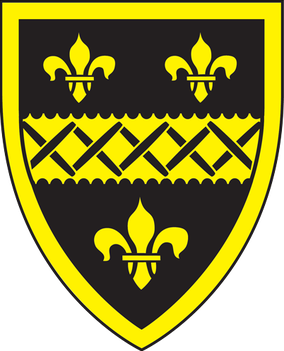
Ezra Stiles College is one of the fourteen residential colleges at Yale University, built in 1961 and designed by Eero Saarinen. The college is named after Ezra Stiles, the seventh President of Yale. Architecturally, it is known for its lack of right angles between walls in the living areas. It sits next to Morse College.
Hannskarl Bandel, was a German-American structural engineer.
Roche Dinkeloo, otherwise known as Kevin Roche John Dinkeloo and Associates LLC (KRJDA), is an architectural firm based in Hamden, Connecticut founded in 1966. In 2020, it relocated to New Haven, Connecticut, and took the name Roche Modern.

César Pelli was an Argentine-American architect who designed some of the world's tallest buildings and other major urban landmarks. Two of his most notable buildings are the Petronas Towers in Kuala Lumpur and the World Financial Center in New York City. The American Institute of Architects named him one of the ten most influential living American architects in 1991 and awarded him the AIA Gold Medal in 1995. In 2008, the Council on Tall Buildings and Urban Habitat presented him with The Lynn S. Beedle Lifetime Achievement Award.

The Yale School of Architecture (YSoA) is one of the constituent professional schools of Yale University. The School awards the degrees of Master of Architecture I, Master of Architecture II, Master of Environmental Design (M.E.D), and Ph.D in architectural history and criticism. The School also offers joint degrees with the Yale School of Management and Yale School of the Environment, as well as a course of study for undergraduates in Yale College leading to a Bachelor of Arts. Since its founding as a department in 1916, the School has produced some of the world's leading architects, including Norman Foster, Richard Rogers, Maya Lin and Eero Saarinen, among others. The current dean of the School is Deborah Berke.

The A. Alfred Taubman College of Architecture and Urban Planning, also known as Taubman College, is the school of architecture and urban planning and one of the nineteen schools of the University of Michigan located in Ann Arbor, Michigan.

The Miller House and Garden, also known as Miller House, is a mid-century modern home designed by Eero Saarinen and located in Columbus, Indiana, United States. The residence, commissioned by American industrialist, philanthropist, and architecture patron J. Irwin Miller and his wife Xenia Simons Miller in 1953, is now owned by Newfields. Miller supported modern architecture in the construction of a number of buildings throughout Columbus, Indiana. Design and construction on the Miller House took four years and was completed in 1957. The house stands at 2860 Washington St, Columbus Indiana, and was declared a National Historic Landmark in 2000. The Miller family owned the home until 2008, when Xenia Miller, the last resident of the home, died.
Fred Nicholas Severud was a Norwegian-born, American structural engineer. His projects included the St. Louis Gateway Arch, Seagram Building and Madison Square Garden.

Organic Abstraction is an artistic style characterized by "the use of rounded or wavy abstract forms based on what one finds in nature." It takes its cues from rhythmic forms found in nature, both small scale, as in the structures of small-growth leaves and stems, and grand, as in the shapes of the universe that are revealed by astronomy and physics. Nautillus shells and honeycombs are examples of organic structures that have served as inspiration for this work, along with the bones and musculature of the body, both human and animal.
Warren Platner was an American architect and interior designer.

Science Hill is an area of the Yale University campus primarily devoted to physical and biological sciences. It is located in the Prospect Hill neighborhood of New Haven, Connecticut.
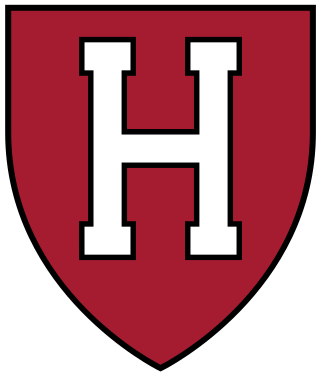
The Harvard–Yale hockey rivalry is a men's ice hockey sports rivalry between the Crimson of Harvard University and the Bulldogs of Yale University dating back to the 19th century.
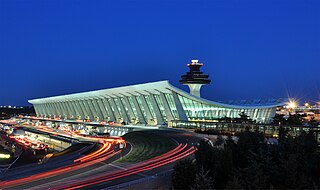
A suspended structure is a structure which is supported by cables coming from beams or trusses which sit atop a concrete center column or core. The design allows the walls, roof and cantilevered floors to be supported entirely by cables and a center column.
Centre sportif de la Ganterie, sometimes called Complexe sportif de la Ganterie, is a public sports complex located on the eponymous rue de la Ganterie in Poitiers, Vienne, France. It consists of an aquatic center and an indoor arena. A private ice rink, which was later acquired by the city and integrated into the swimming pool's heating system, is located close by and considered a semi-official part of the ensemble.
Most of the complex's venues host sections of multisports association Stade Poitevin, and it is located close to Stade Poitevin's headquarters at Stade Paul-Rébeilleau.



















